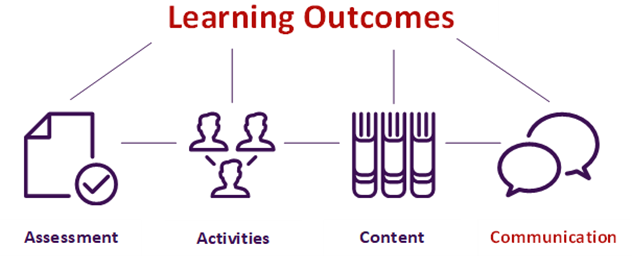Participation in the online space often requires some additional planning and support. This is because it is limited in terms of the open channels of communication. In that asynchronous space in particular, the lack of spontaneity can feel unnatural.
The following considerations can help to make things run more smoothly online -
- Encourage students to help each other out by asking questions and responding to others.
- Communicating online takes practice, start small and practice written communication skills.
- Be as clear and simple as possible when you are writing to avoid misunderstandings.
- Encourage students to be open to the views of others.
- Promote sensitivity to diversity and cultural differences.
- Highlight the importance of respect in the context of differing opinions.


